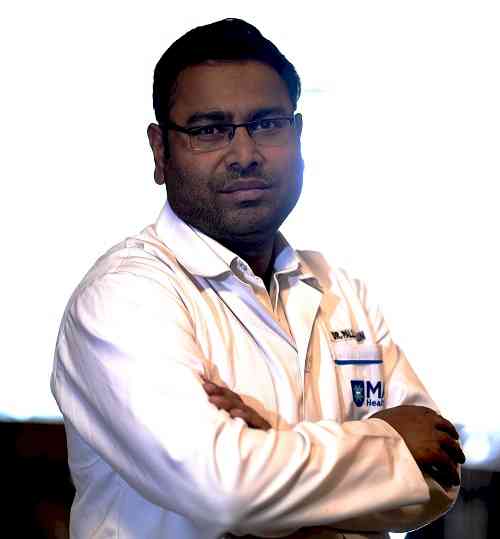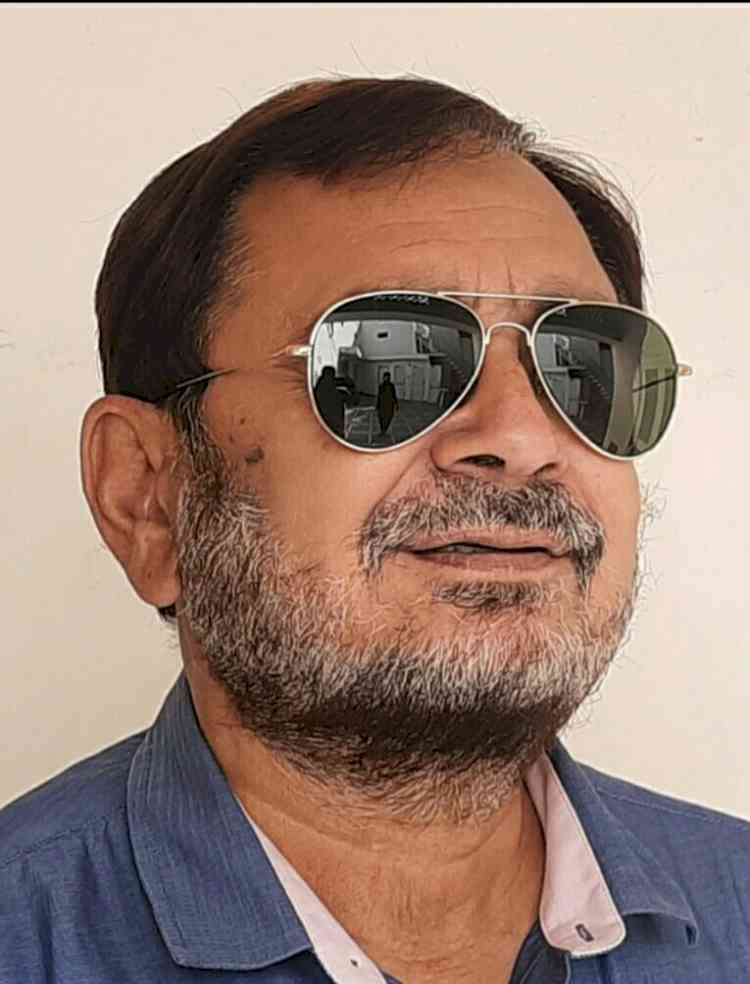Choosing Curative Treatment in Thalassaemia
Thalassaemia is a genetic condition in which the affected individual is unable to make red blood cells. He is dependent on regular blood transfusions almost every 3-5 weeks for the rest of his life just to survive. This is by far the most common inherited genetic disorder in India. Approximately 10,000 children are born in India each year, making our nation the thalassaemia capital of the world.

Authored by Dr. Stalin Ramprakash, Consultant - Paediatric Haematology, Oncology & BMT, Aster CMI Hospital, Bangalore.
Thalassaemia is a genetic condition in which the affected individual is unable to make red blood cells. He is dependent on regular blood transfusions almost every 3-5 weeks for the rest of his life just to survive. This is by far the most common inherited genetic disorder in India. Approximately 10,000 children are born in India each year, making our nation the thalassaemia capital of the world.
Thalassaemia was a fatal disease of early childhood until a few decades. Today it is considered a chronic ailment due to advances in medical treatment. Regular and lifelong blood transfusions come with multiple problems and the most important of those is the iron overload in the body. Patients are dependent on medication, to remove iron from the body, throughout their lifetime. With good medical care, survival into the forties and fifties and beyond is possible, but that comes with a burden of expenditure over a lifetime, poor quality of life, and progressive accumulation of complications with increasing age. Only 50% with thalassaemia survive beyond 25 years in our country. The majority of affected patients belong to the lower socio-economic strata and their outcomes are expected to be even poorer. With the long-term outcomes not looking very promising, even with good medical management, any possibility of a permanent cure is an attractive option.
Bone marrow transplant is the only curative treatment option and will be considered if a fully HLA antigen-matched sibling is available. With modern medical facilities, the outcomes of this procedure are extremely good, especially if performed in an experienced centre. The long-term survival and quality of life benefits of early transplant in childhood far outweigh what could be achieved with regular blood transfusions and lifelong iron chelation medication. At first, the cost of the curative treatment option of stem cell transplant may appear very high. But when you consider the cost of lifelong treatment, with increasing expenditure over time, the cost of a transplant is only a fraction of the cost of lifelong care. This is best performed between 3 to 7 years; the earlier the better, though it can be offered to selected older children up to 18 years. Once cured, the patient can essentially have a normal life like other children and remain free of blood transfusions and medications.
Even for those children who were not lucky enough to have a matched sibling as a donor, today good outcomes can be achieved with fully matched and unrelated donors or even in half-matched parents, if the family is willing and there are no medical contra-indications. Every parent will be a half-match to the child. In the modern era, the curative option is available for every child with thalassaemia. Families are encouraged to discuss with their doctors the curative treatment options that are currently available so that they can make an informed choice. The choice is better made while the child is still at a younger age. If not, iron overload, that happens with lifelong conservative management, could damage various organs which compromises the transplant outcomes. The benefit of a transplant is lost by the time adulthood is reached as there is a progressive increase in the risk of transplant procedure with age. Gene therapy may become widely available in the future but at present it is unrealistic in our Indian setting as the treatment costs are really prohibitive. Even in developed countries, it is still evolving as an alternative curative treatment.
Families need to weigh the pros and cons of curative treatment for thalassaemia while the child is still young and make an informed decision. While making such a decision, the long-term outlooks of both curative and conservative options should be evaluated rather than just looking at short-term risks and benefits.


 City Air News
City Air News 







